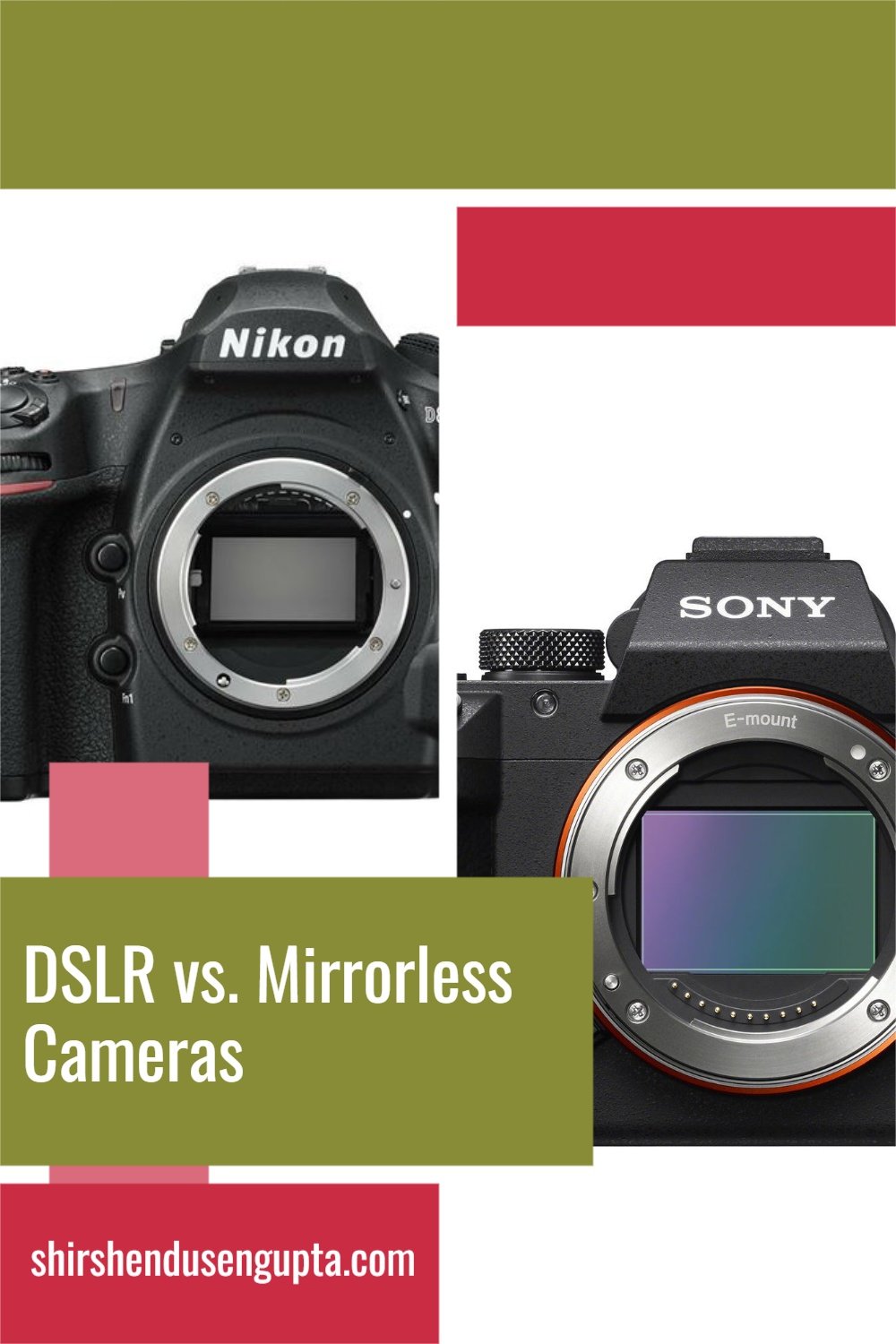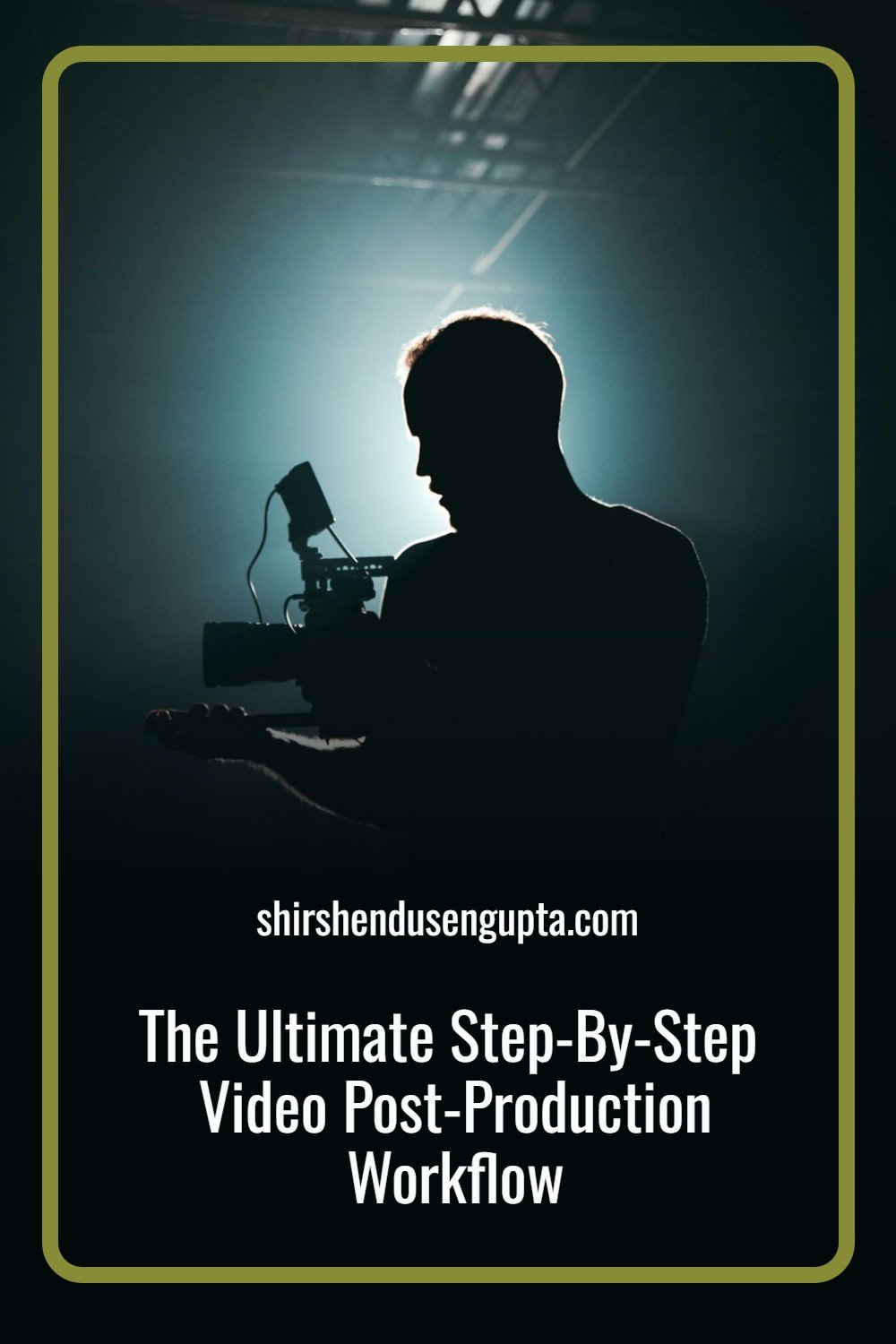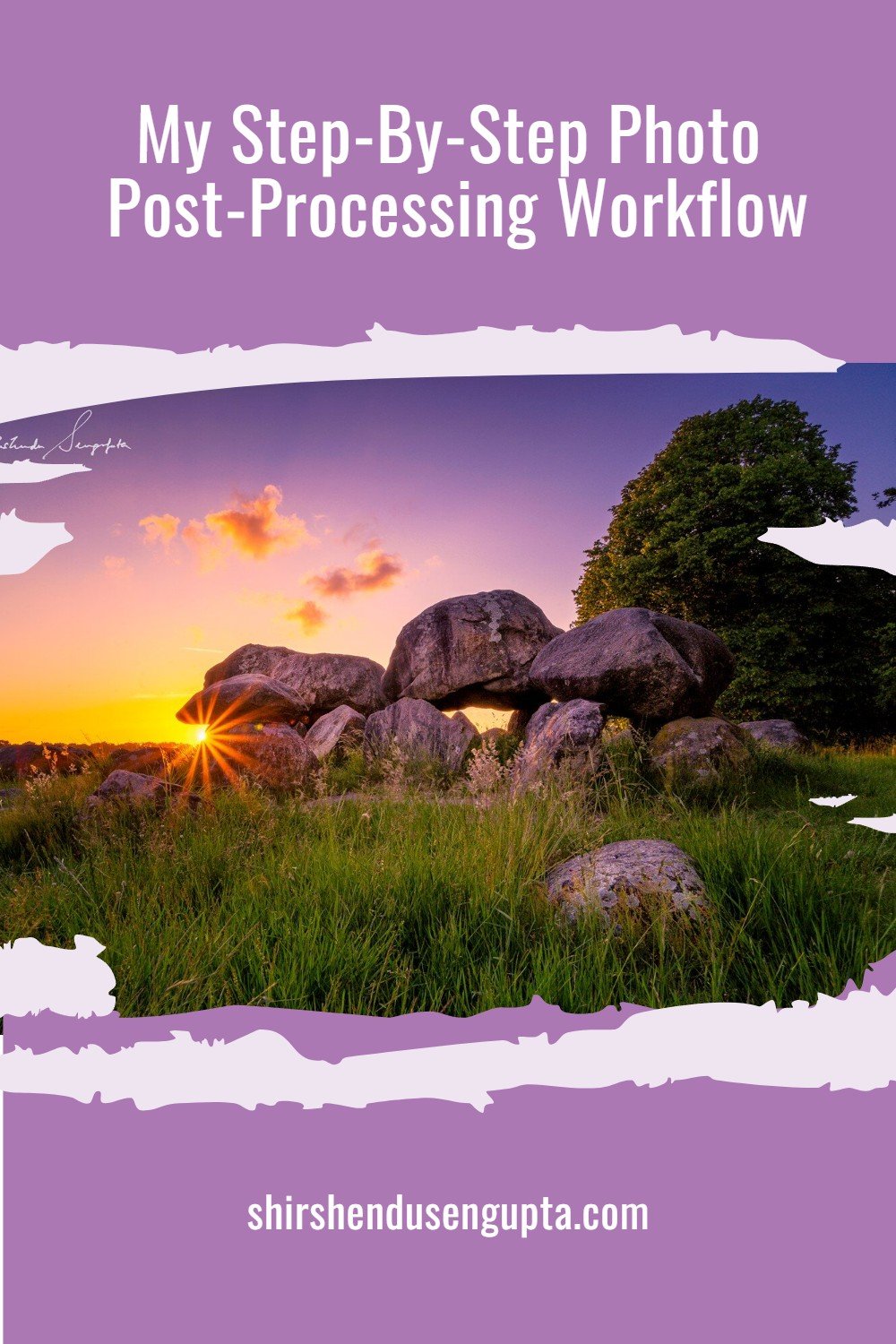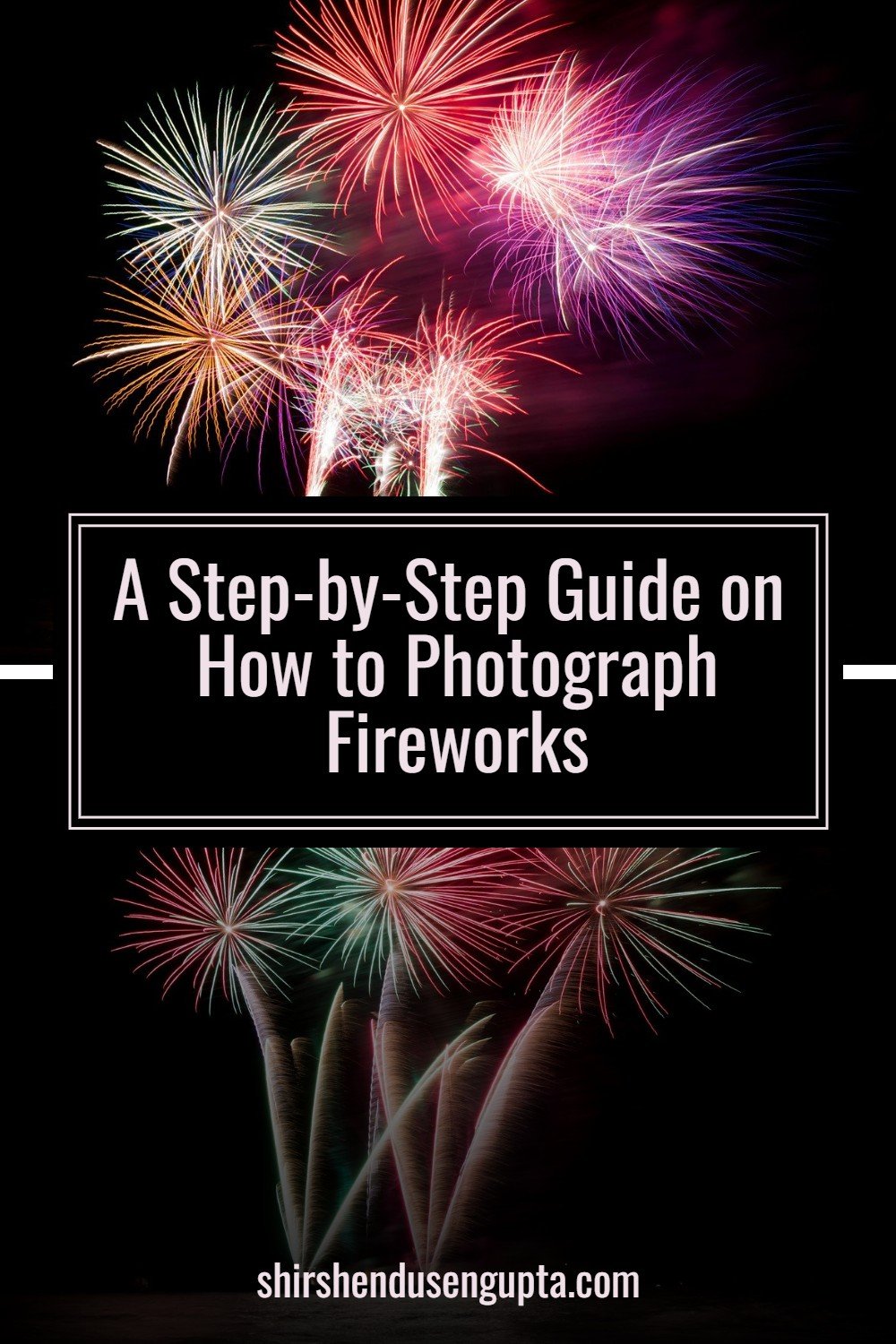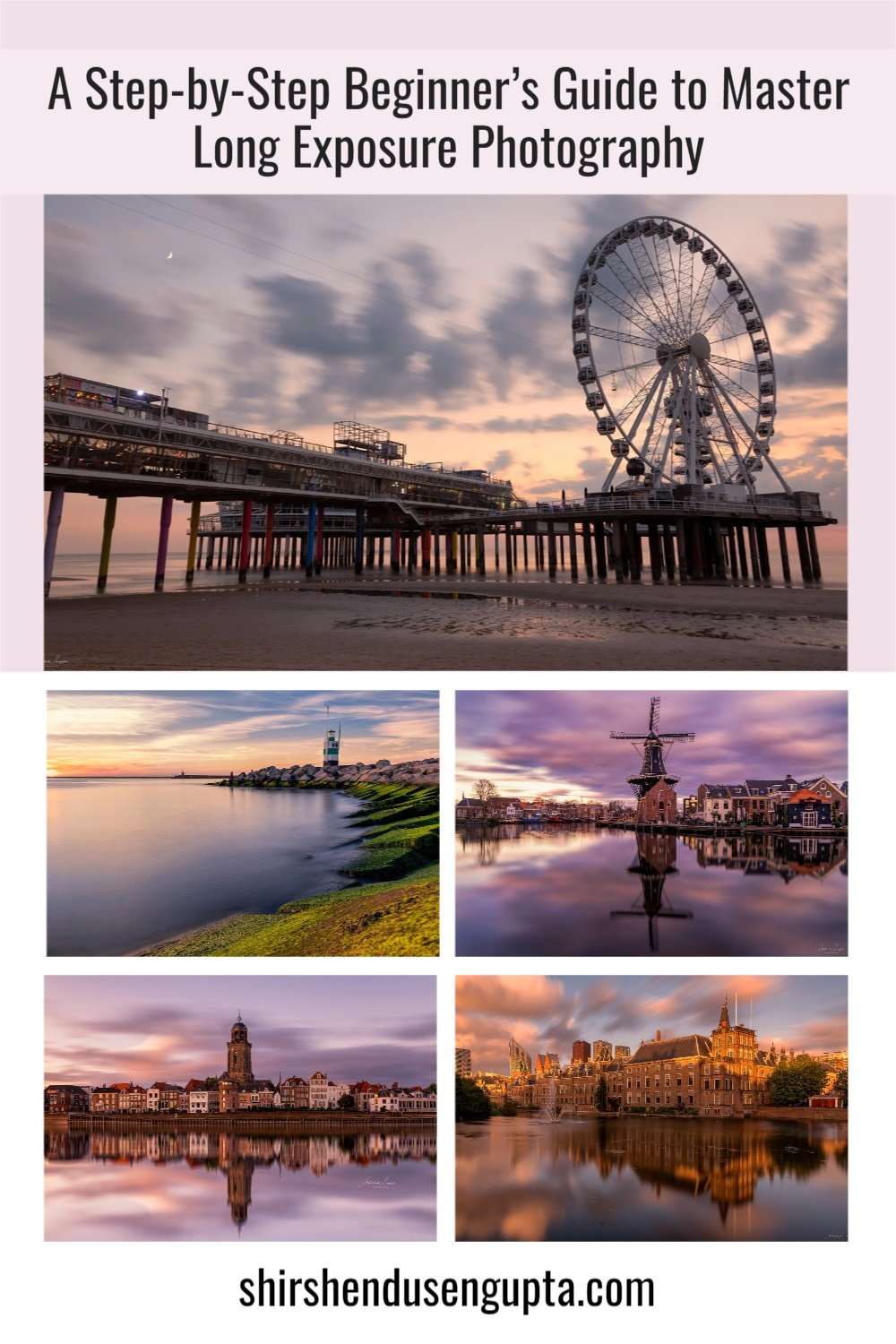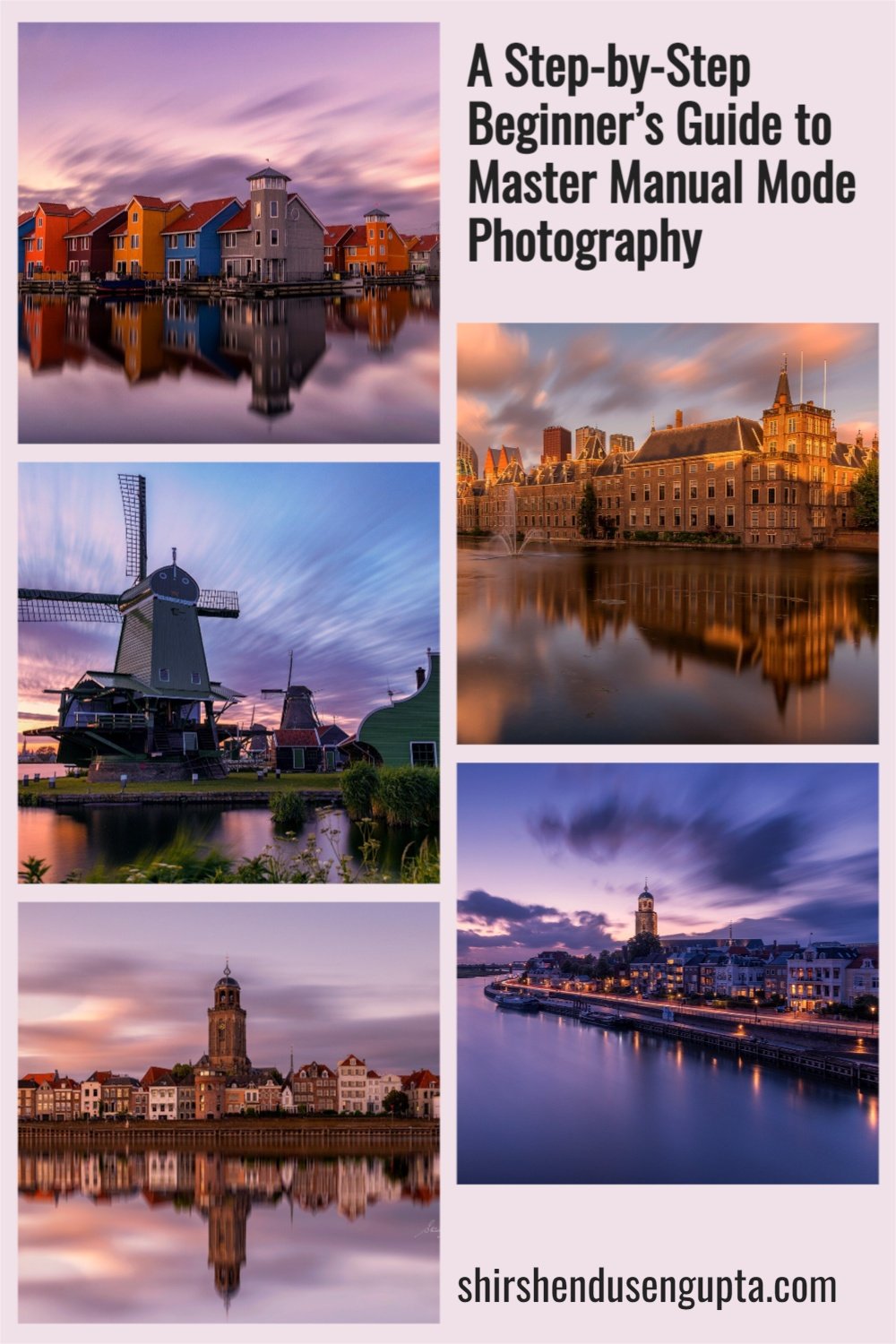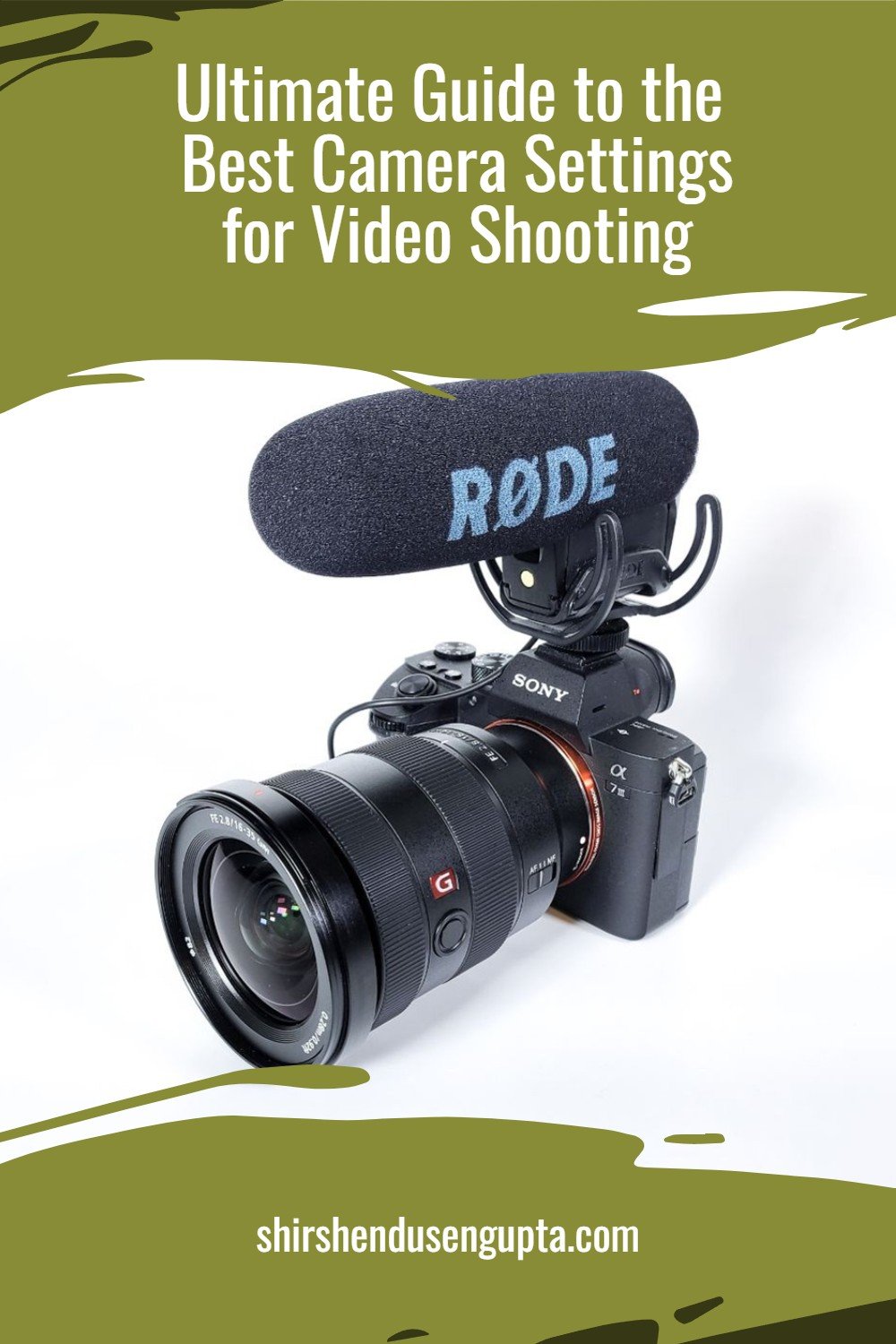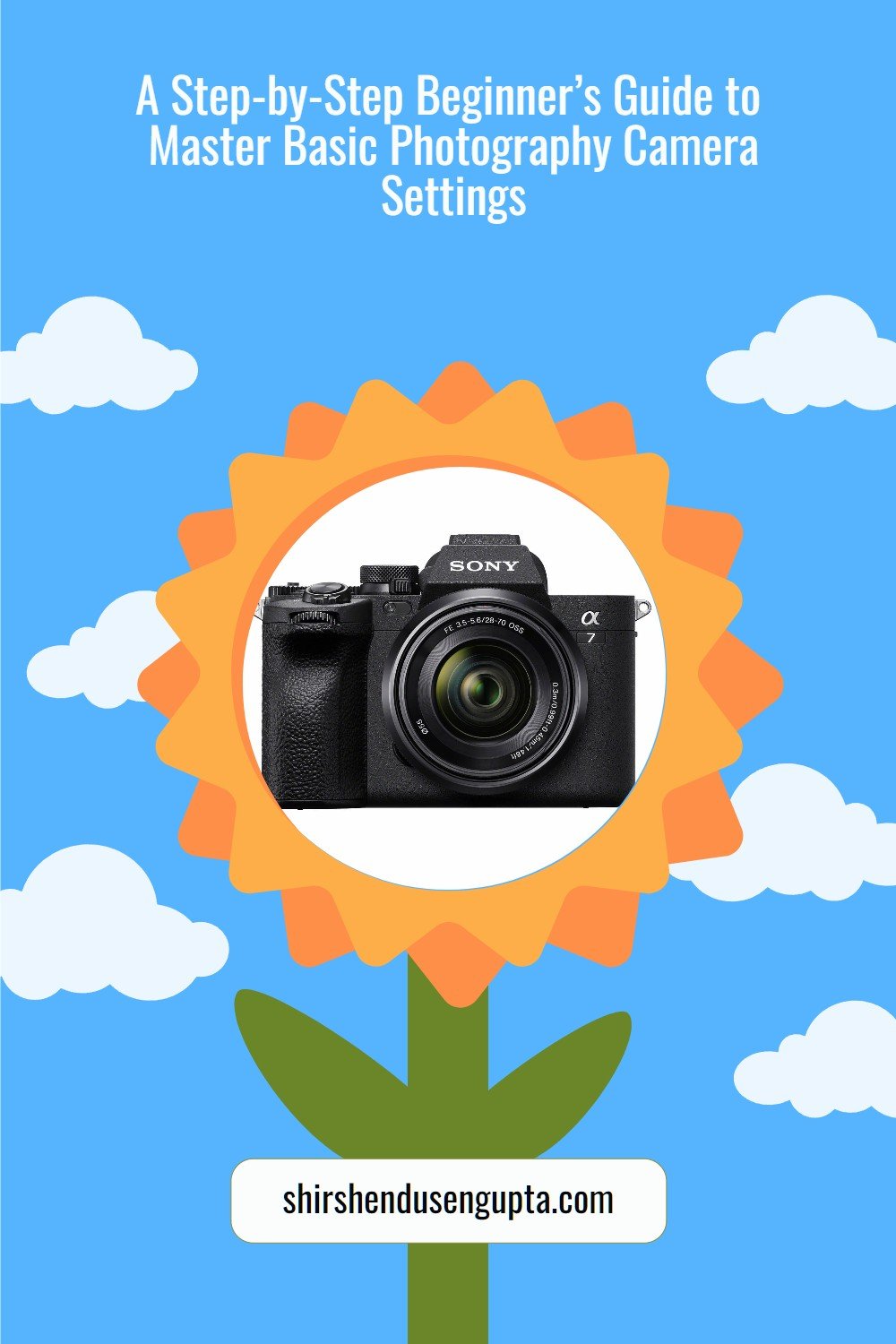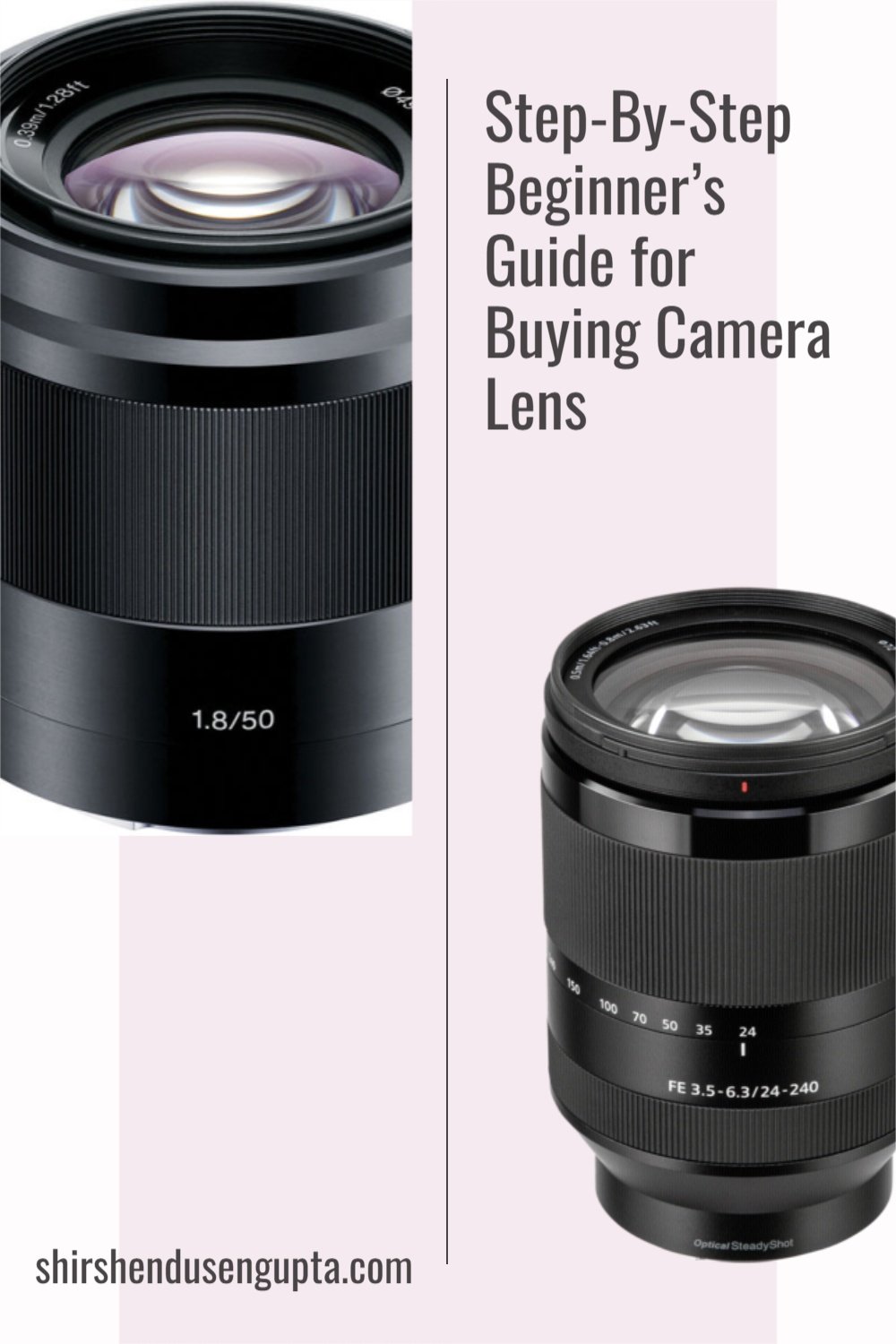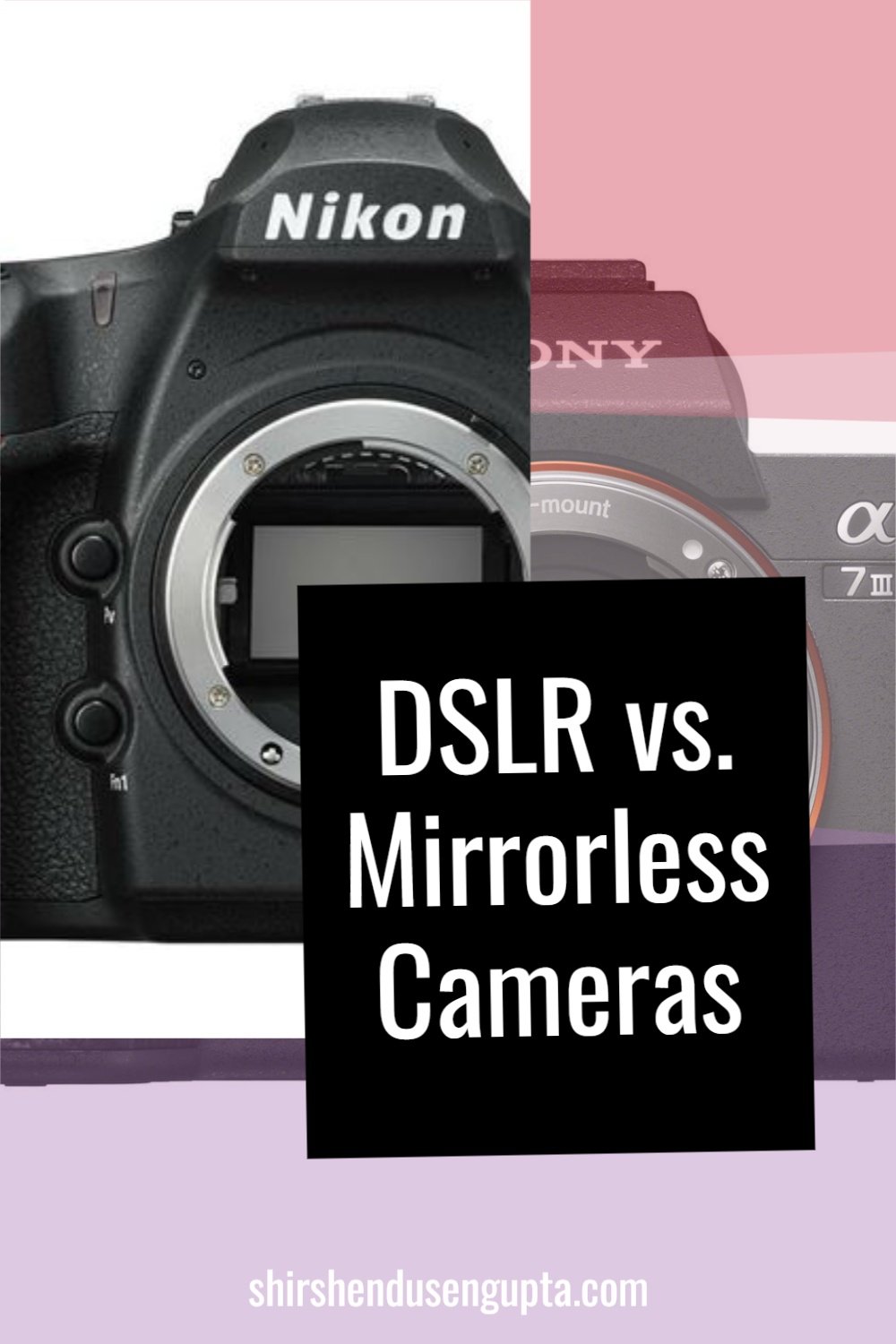DSLR vs. Mirrorless Cameras | What are the Key Differences and How to Choose Which is Best for You?
Prologue
The DSLR vs. Mirrorless war is at its peak like never before. People seem to have different opinions about it and the internet is flooded with articles advising you to go this way or that. Speaking of myself, I had always been a Nikon DSLR loyalist, despite having worked with Canon. After using Nikon DSLRs for a decade, I finally made the big switch to the Sony Mirrorless ecosystem in 2020. Based on my personal experience, let me share my opinion with you. Trust me, I won’t decide on your behalf but will provide you with pointers that I hope will help you make your own decisions.
And if you want to know all the camera models that we are currently using or have previously used, please read the article Our Cameras.
What is DSLR Technology?
DSLR stands for Digital Single-Lens Reflex. To keep it simple, it is a technology where -
The light enters through the aperture (a small hole) of the lens (thereby creating an inverted/upside-down image due to the pinhole camera effect) and falls on a mirror that sits at an angle in front of the sensor.
The mirror reflects the light upwards to a pentaprism.
The pentaprism inverts the image again (thereby correcting it/making it upright again) and sends it to an optical viewfinder where you place your eyes and see the image.
Once you see the image and confirm the capture by pressing the shutter release button, the mirror lifts thereby exposing the photosensitive sensor to the light.
The photosensitive sensor then captures the light information digitally (in bit-streams) and records it in the memory card of the camera.
The technology is the same as the old analog SLR (Single-Lens Reflex) technology, with the only difference being that in the analog SLRs after the mirror lifts the light falls on a photosensitive film where the image is captured due to a chemical reaction induced by the light on the film and in the modern DSLRs the photosensitive film has been replaced by a photosensitive digital sensor. Everything else remains the same. The image below depicts the technology visually.
Image Source: BBC Article ‘Mirrorless cameras: Photography's new decisive moment’
What is Mirrorless Technology?
Mirrorless cameras don’t have a mirror, simple. In mirrorless cameras -
The light enters through the aperture (a small hole) of the lens (thereby creating an inverted/upside-down image due to the pinhole camera effect) and falls directly on the photosensitive sensor.
The sensor is programmed to invert the image (thereby correcting it/making it upright again).
Then this image information from the sensor is sent electronically to an electronic viewfinder (EVF) which mimics the optical viewfinder experience of DSLRs where you place your eye and view the image. However, you do not actually see the ‘real-world’ scene through a ‘real’ glass. You see an electronic reproduction of the image information from the sensor via a small screen (the EVF is actually a small LCD screen).
Once you see the image and confirm the capture by pressing the shutter release button, the photosensitive sensor records the light information digitally (in bit-streams) in the camera's memory card.
So the main difference between mirrorless and DSLR cameras is that in mirrorless cameras, there’s no mirror/pentaprism and hence you see an electronically reproduced image on a small screen (EVF). And since there’s no mirror and pentaprism, the cameras are thinner and lighter. Everything else remains the same. The image below depicts the technology visually.
Image Source: BBC Article ‘Mirrorless cameras: Photography's new decisive moment’
So what are the key differences between DSLR and Mirrorless cameras?
1. Size, Weight, and Ergonomics
As explained before, the first and obvious difference between DSLR and mirrorless cameras is that since there’s no mirror and pentaprism in mirrorless cameras, the mirrorless cameras are thinner and lighter than DSLRs.
However, to some photographers (especially ones with larger hands/fingers), smaller camera bodies mean bad ergonomics due to smaller buttons, dials, and worse grip. That’s another reason they prefer a DSLR camera form factor and handling over a mirrorless one.
2. Optical vs. Electronic Viewfinder
Though mirrorless patrons speak very highly of Electronic Viewfinders (EVF), in my experience, the EVF in mirrorless cameras has both pros and cons.
Pros of EVF -
In DSLRs, the ‘real-world’ image that you see on the viewfinder does not always resemble the final captured image. E.g., The exposure, brightness, contrast, or color tones may look different in the captured image from what you see in the viewfinder. But in a mirrorless camera, the EVF precisely displays how the final recorded image will look (since it is an electronic reproduction of the image directly from the sensor) even before clicking the shutter button. So that helps you understand if the sky is getting overexposed (blown out/whitewashed) or not even before taking the picture, and therefore change your camera angle or adjust your shutter speed/exposure compensation, for instance.
Because the EVF is actually a screen, many other data (like histogram, over-exposure blinkies), can be shown on it that can assist you in making adjustments while clicking the shot.
Sometimes it gets very difficult to see the captured image in the LCD screen of the DSLR, especially on sunny days. The great thing about mirrorless cameras is that if you are unable to view the image properly in the back LCD, you can review the image also in the EVF. That’s a lifesaver in many situations.
Cons of EVF -
Remember, the human eye can capture far more luminous ranges (there’s no greater engineer than God, obviously) than the camera sensors. So under low light conditions, the EVF can show you a very dark image compared to you seeing a ‘real-world’ image through your naked eye via the optical viewfinder of DSLRs, as your eye can see better in darker conditions than a camera sensor. On top of that, if you are under-exposing your shot to compensate for overexposure (blowing out/whitewashing) of bright skies or you are under-exposing your shot (to make the shutter speed faster) to get clear (non-shaky/non-blurry) handheld shots in darker conditions without having to increase the ISO, the image is hardly visible. And on top of that, if you are wearing a sunglass, you're done for.
Looking through an EVF for a long period of time can give you headaches. That’s because, while looking at a ‘real-world’ scene through an optical viewfinder of a DSLR, your eye focuses at a focal point further from you (at a distance the subject is located), whereas while looking at a scene through an EVF, your eye is focusing on a small screen placed very close to your eyes (in the camera viewfinder position).
And after all, nothing beats a natural naked eye ‘real-world’ view!
3. Autofocus (AF), Eye-Detection, and Subject Tracking
With the invention of hybrid AF technology (a combination of phase-detection and contrast-detection), the modern mirrorless cameras have faster and more accurate autofocus especially eye-detection AF that can detect a person or animal's eye from far which is largely absent in most modern-day DSLRs. Owing to the hybrid AF technology, modern-day mirrorless cameras can also do much better subject tracking in continuous AF modes.
4. Burst Mode and Electronic Shutter
Modern-day mirrorless cameras can also capture more frames per second when shot in burst mode since the mirror does not have to lift up and down akin to the DSLRs. Most modern-day mirrorless cameras also offer a feature called electronic shutter (also called a silent shutter). In this mode, the physical shutter blades don’t need to close to capture an image. Instead, the sensor records the image after a given interval of time (the shutter speed as depicted by the camera) and hence is way faster and less noisy than the physical shutter. Combined with the better AF and subject tracking ability, it makes it a great option for high-speed (like sports) photography and also wildlife photography (since using electronic shutter eliminates physical shutter noise and hence does not disturb the animal).
However, a con of the electronic shutter is that it creates banding (horizontal stripes) in images when shot under indoor (especially LED or fluorescent) lighting since these artificial lights undergo waxing and waning (sinusoidal pulsing), which are so fast that they are not detectable by the human eye but is captured by the electronic shutter. Okay, I agree in some cases machine beats man; but mostly for wrong reasons just like this one!
5. Low Light Sensitivity
From my experience, mirrorless cameras have better low light sensitivity than their DSLR counterparts.
6. Battery Life
Before buying Sony Alpha 7 III, I read a lot on the internet about its low battery life compared to DSLRs, due to which I invested in two extra batteries, but trust me, I never needed them. I’ve taken more than 1500 pictures in a day many times but never even ran out of 50% charge of a single battery. So for modern high-end mirrorless cameras, like the Sony Alpha series, this is no longer a deal-breaker.
7. Vibration Reduction/Image Stabilization
Based on my personal experience, there’s isn’t an observable difference between the two in terms of image stabilization.
8. Image Quality
Both DSLRs and mirrorless cameras come in two main flavors - smaller sensors (half-frame/APS-C) and larger sensors (full-frame) which correspond to decent and excellent image qualities, respectively. And since both DSLR and mirrorless camera sensors are made from the same materials, the image quality is also comparable. Though I personally found Sony Alpha 7 III RAW images to be much sharper than Nikon D750, but technically there shouldn’t be a lot of difference between the image quality of the two. Probably it can be attributed to the fact that the uncompressed RAW image size of Sony Alpha 7 III is around 50 MB while that of Nikon D750 is around 25 MB which means more light information is captured in the RAW file of the Sony Alpha 7 III compared to Nikon D750 and hence the difference.
9. Video Quality
When it comes to videography, only high-end DSLR models can create 4K or Ultra HD video clips. On the other hand, even lower-end mirrorless models have 4K and Ultra HD video shooting capabilities.
10. Long Exposure Photography Setup
Since in mirrorless cameras, the viewfinder is not optical and just a screen, there’s no possibility of ambient light entering back into the camera through the viewfinder and spoiling the image. Hence you don’t need to cover the viewfinder with a viewfinder cap/black tape while shooting long exposures, as you have to do for DSLRs. This leaves you one hassle lesser while setting up your camera for long exposure photography, especially when you want to switch quickly between tripod and hand-held shooting modes, which means you also need to close and open the viewfinder cap else you can’t see through it while taking the hand-held shot.
To know more about long exposure photography please read our article A Step-by-Step Beginner’s Guide to Master Long Exposure Photography | Long Exposure Photography Tutorial | 30 Ultimate Tips and Tricks for Long Exposure Photography.
11. Maturity of Ecosystem, Availability of Options, and Price/Affordability
It goes without saying, that being a highly evolved ecosystem, the DSLR cameras, lenses, and accessories market is very matured and offers ample affordable choices for the users that include third-party manufacturers like Tamron and Sigma offering tremendous value-for-money lenses. In the case of mirrorless, only Sony has a decently matured ecosystem of lenses, but the rest of the manufacturers including the DSLR giants like Nikon or Canon are lagging far behind. Also, the third-party manufacturers are yet to focus seriously on the mirrorless ecosystem.
12. Future Outlook
Mirrorless is the technology of the future. Already many leading brands have announced that many of their flagship DSLR models will be discontinued as they want to invest their R&D (Research and Development) budget behind mirrorless technology. However, having said that, just like fossil fuel cars, DSLRs are not going anywhere, at least in the next decade. The availability of great models and innumerable choices within an affordable price range is going to drive loyalty towards DSLRs for a long time to come.
To Summarize
Advantages of Mirrorless over DSLR
Smaller and lighter
EVF displays sensor image, shooting data and can playback captured images
Fast autofocus, great eye detection and excellent subject tracking
Shoots more frames per second in burst mode
Fast and silent electronic shutter
Excellent low light sensitivity
Offers 4K and Ultra HD video recording features in low priced models
Less hassles while setting up long exposure shots or switching between tripod and hand-held shooting modes
It’s the technology of the future and all camera companies are investing heavily in it
Advantages of DSLR over Mirrorless
Better ergonomics and handling
Optical viewfinder offers naked eye ‘real-world’ view
Easier to see through optical viewfinder in darker conditions
More relaxing for the eye to view through optical viewfinder for longer periods of time
Battery life slightly better
Much more mature ecosystem with plenty of affordable options
Final Verdict - Which one is Best for You?
As you can imagine, there is no black or white answer to this question. Though most of the websites on the internet propose going for mirrorless, being a long-term user of both DSLR and mirrorless, and above all being a business consultant, I will try to provide you with four separate scenarios/use cases to help you decide better.
Scenario 1: New entrant with no budget constraints - Go for Mirrorless
If you are stepping into the world of photography and you have enough money to spare - Go for mirrorless, the technology of the future.
Scenario 2: New entrant with budget constraints - Go for DSLR
If you are just stepping into the world of photography, as a newbie, the differences between DSLR and mirrorless neither matter to you much nor would you use all the features of a mirrorless system to start with. So if you are pressed for budget, go for the much more affordable DSLR ecosystem, hone your photography skills and switch to mirrorless (or whatever is the technology in the market then) some years down the line when the options get more affordable.
Scenario 3: Old-timer with substantial investment in existing gear - Stick to DSLR
If you are a veteran warhorse and have heavily invested in your current gear like lenses, filters, flashes, and whatnot - Switching to mirrorless will be a high-impact decision for you. So continue with DSLR; it’s still got enough juice.
Scenario 4: Old-timer with low investment in existing gear - Upgrade to the future
If you are an old-timer but with low investment in your current gear and you’re looking to upgrade - Don’t think twice. You know what to do!
“The best camera in the world is the one that you have!”
As an ending note, I just want to say that I've always been a big proponent of the age-old adage, "The best camera in the world is the one that you have; you just need to know how to use it!" As in Kung-Fu Panda, Po finally realized, "There's no 'Dragon Scroll'; it's just you," I genuinely believe it's not the gear but the one behind the gear who makes the world look beautiful. So, whatever camera you choose, the final image will always be a result of your composition skills, your understanding of optics, and your knowledge of your camera settings and usage.
Please let us know in the comments below if you enjoyed reading this article. And if you want to know all the camera models that we are currently using or have previously used, please read the article Our Cameras. Until then, merry traveling and happy shooting!
Pin the article
Bookmark the article for reading later!
Want us to write an article for you?
Articles for magazines, newspapers, and websites!
Watch our Videos
Check out our videos on our Youtube Channel!
Join the Newsletter
Get updates on our latest articles!
We respect your privacy. Read our policy here.




